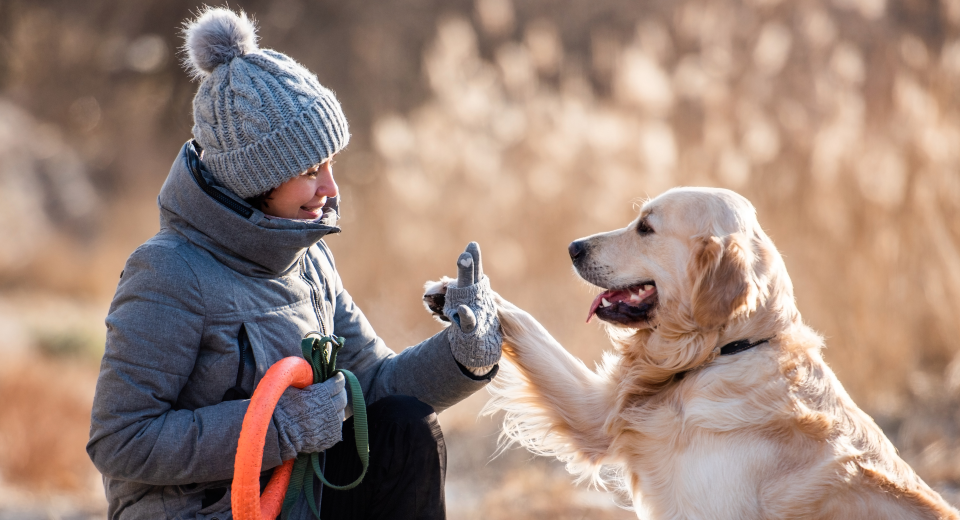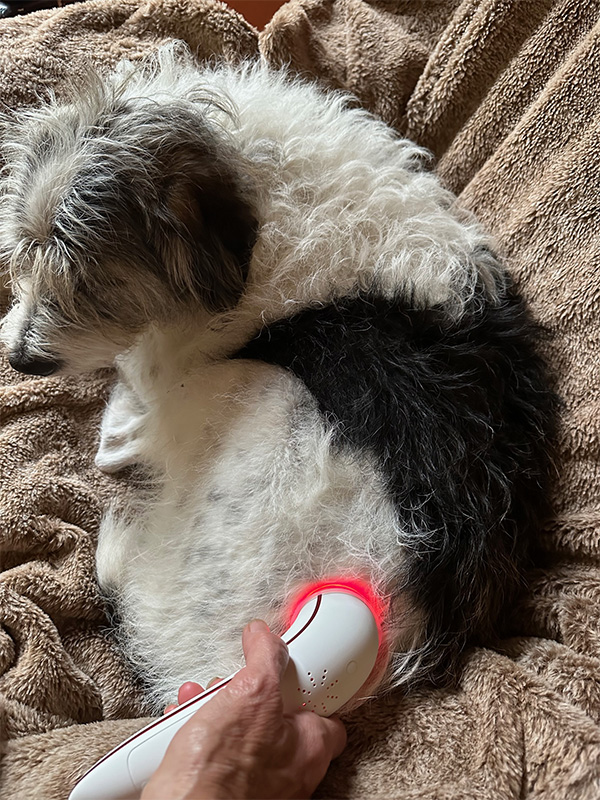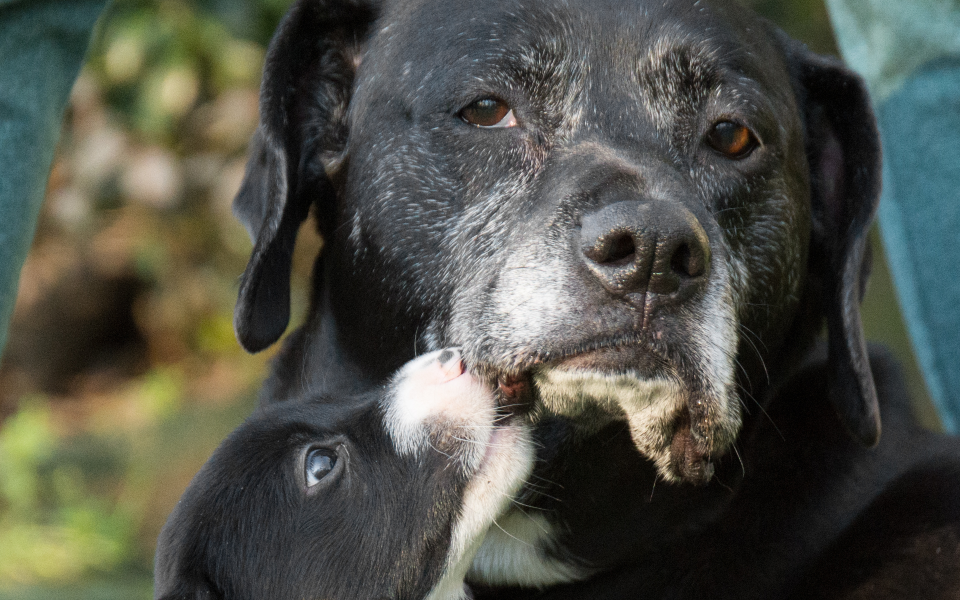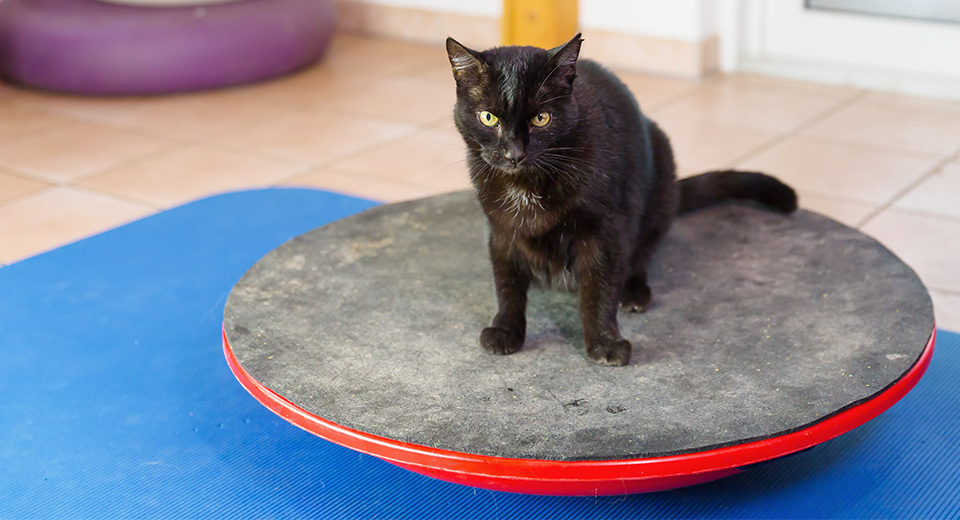
In part one of this series, we examined research conducted by the Dog Aging Project that shows promise to extend the lifespan and quality of life of our beloved companion animals. Many pet parents are eager for definitive research on what to feed their pets to maintain optimum health.
Evidence is mounting that whole, plant-based diets offer extended “healthspans” thanks to polyamines such as spermidine, which has been shown to improve cellular function. Spermidine’s antioxidant and anti-inflammatory properties protect against oxidative DNA damage.
While there has been controversy around the safety of feeding pets plant-based diets, some recent research has shown that dogs fed vegan diets were in ideal body condition, with normal behavior and good skin/coat condition, with no echocardiographic differences between vegan and the control group.
However, concerns have been raised around deficiencies in certain amino acids such as taurine, and vitamins such as B12 (cobalamin) and B9 (folate) when pet parents stray from veterinary-approved, pre-formulated diets. In addition, cases of DCM – dilated cardiomyopathy (enlarged hearts) – from boutique grain-free foods and the taurine connection has never been fully resolved. So how can a pet parent safely incorporate wellness nutrition into their pet’s meal plan? Read the rest of this entry »



 As veterinary medicine continues to evolve, innovative treatments are emerging to enhance the comfort of senior companion animals. One such breakthrough is red light therapy, a non-invasive treatment that has shown promising medical benefits for dogs. Backed by research from reputable veterinarian journals, this therapy is shedding light on new ways to alleviate pain, accelerate healing, and improve overall canine health.
As veterinary medicine continues to evolve, innovative treatments are emerging to enhance the comfort of senior companion animals. One such breakthrough is red light therapy, a non-invasive treatment that has shown promising medical benefits for dogs. Backed by research from reputable veterinarian journals, this therapy is shedding light on new ways to alleviate pain, accelerate healing, and improve overall canine health.




